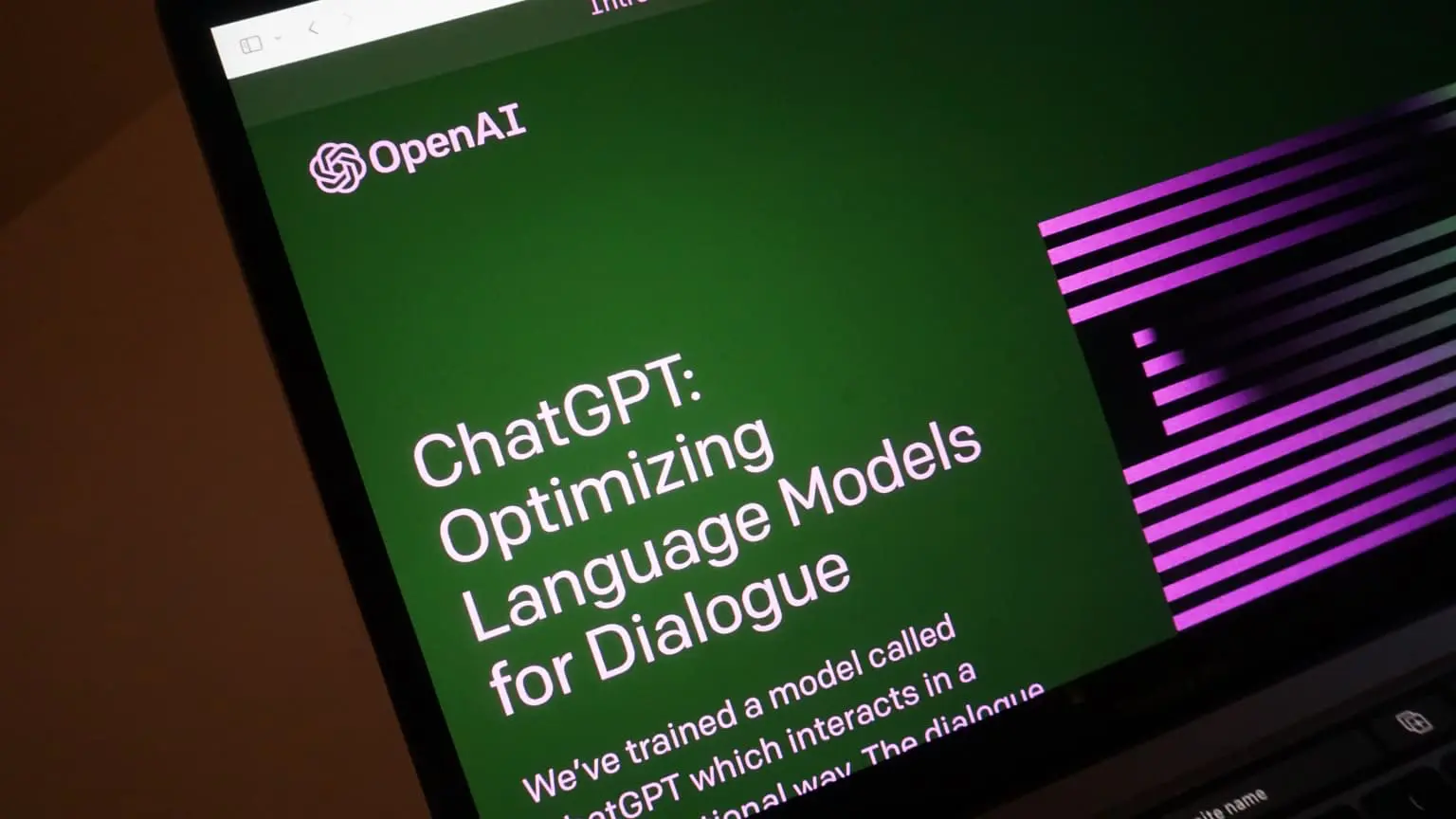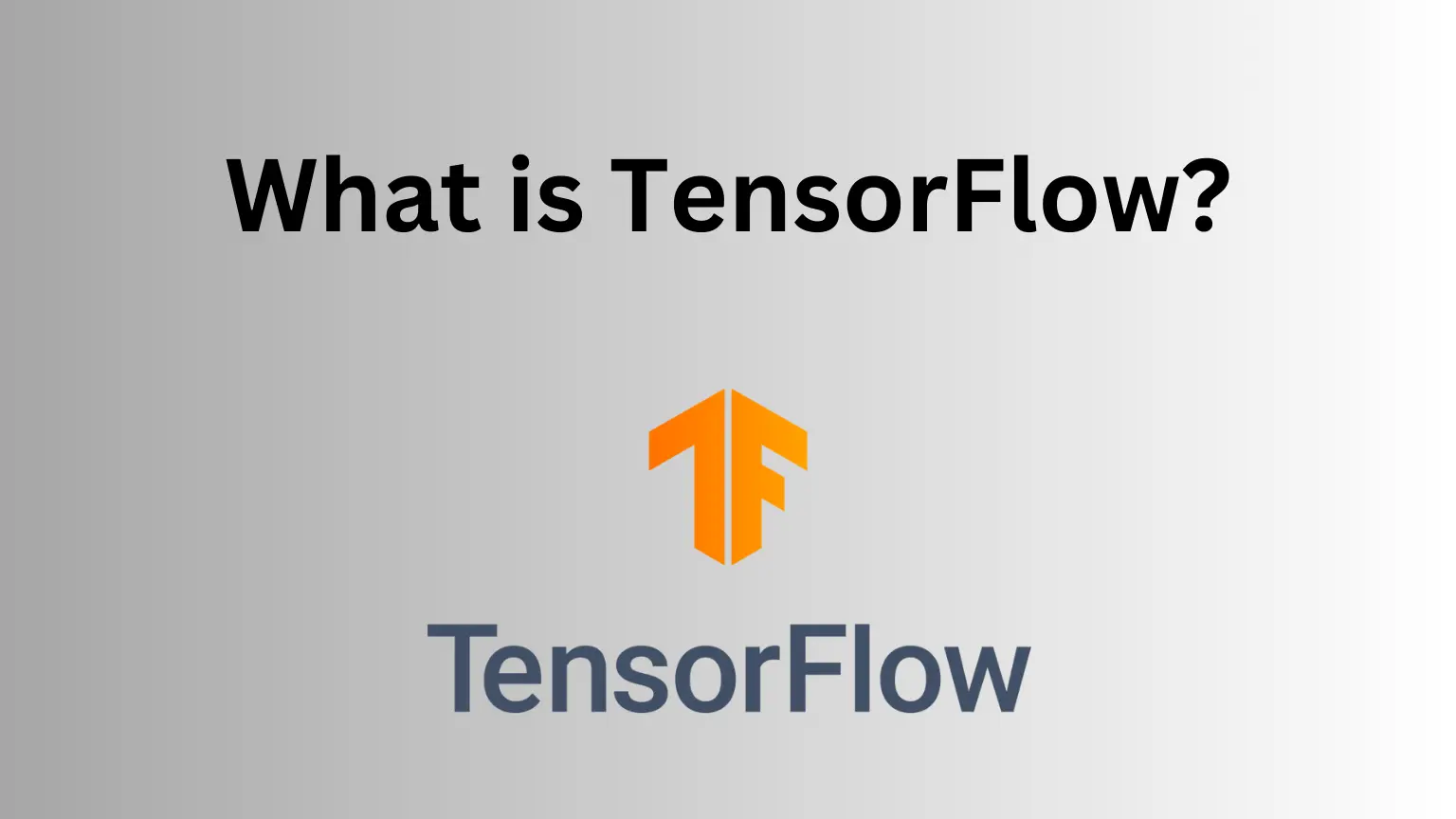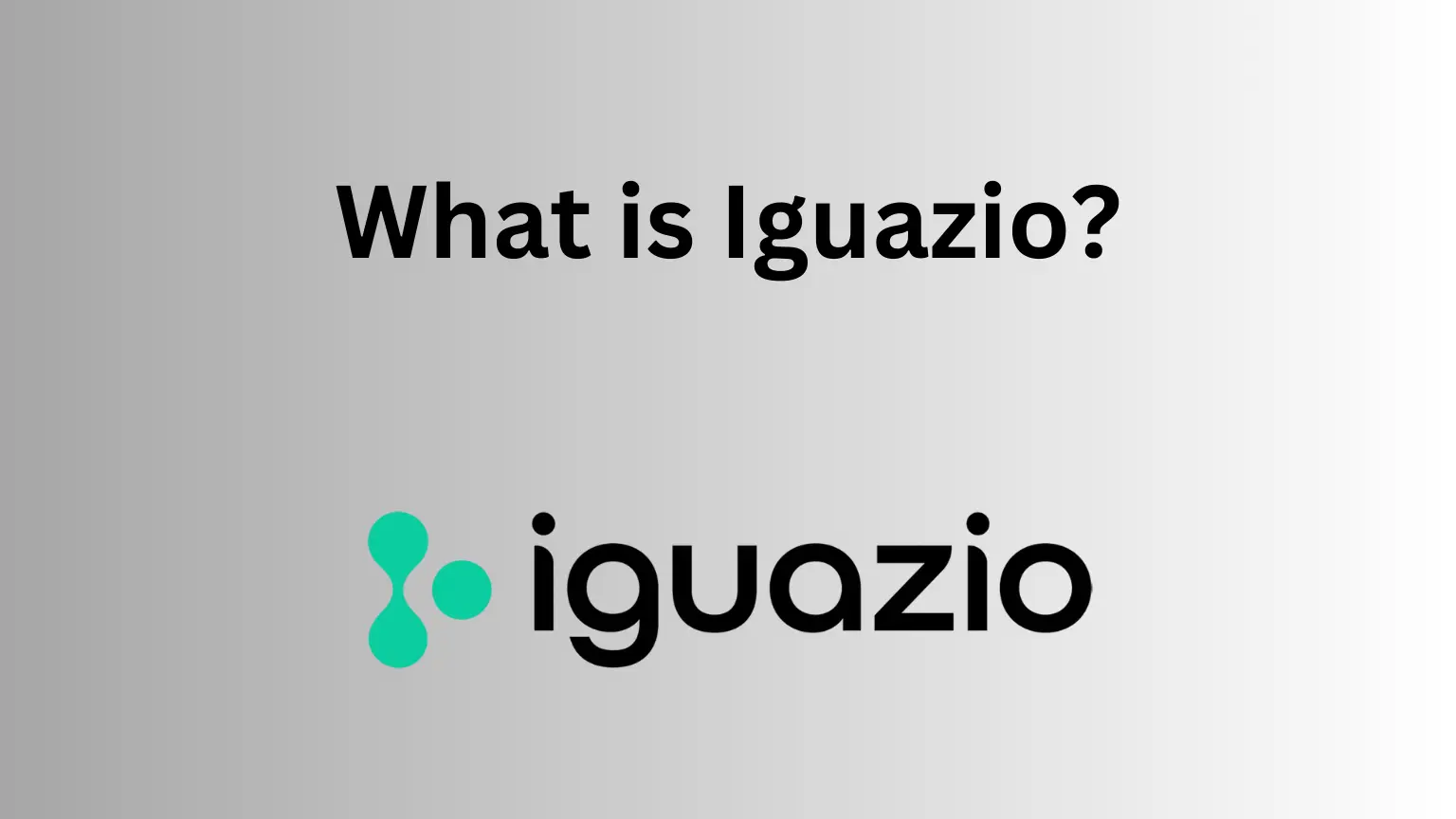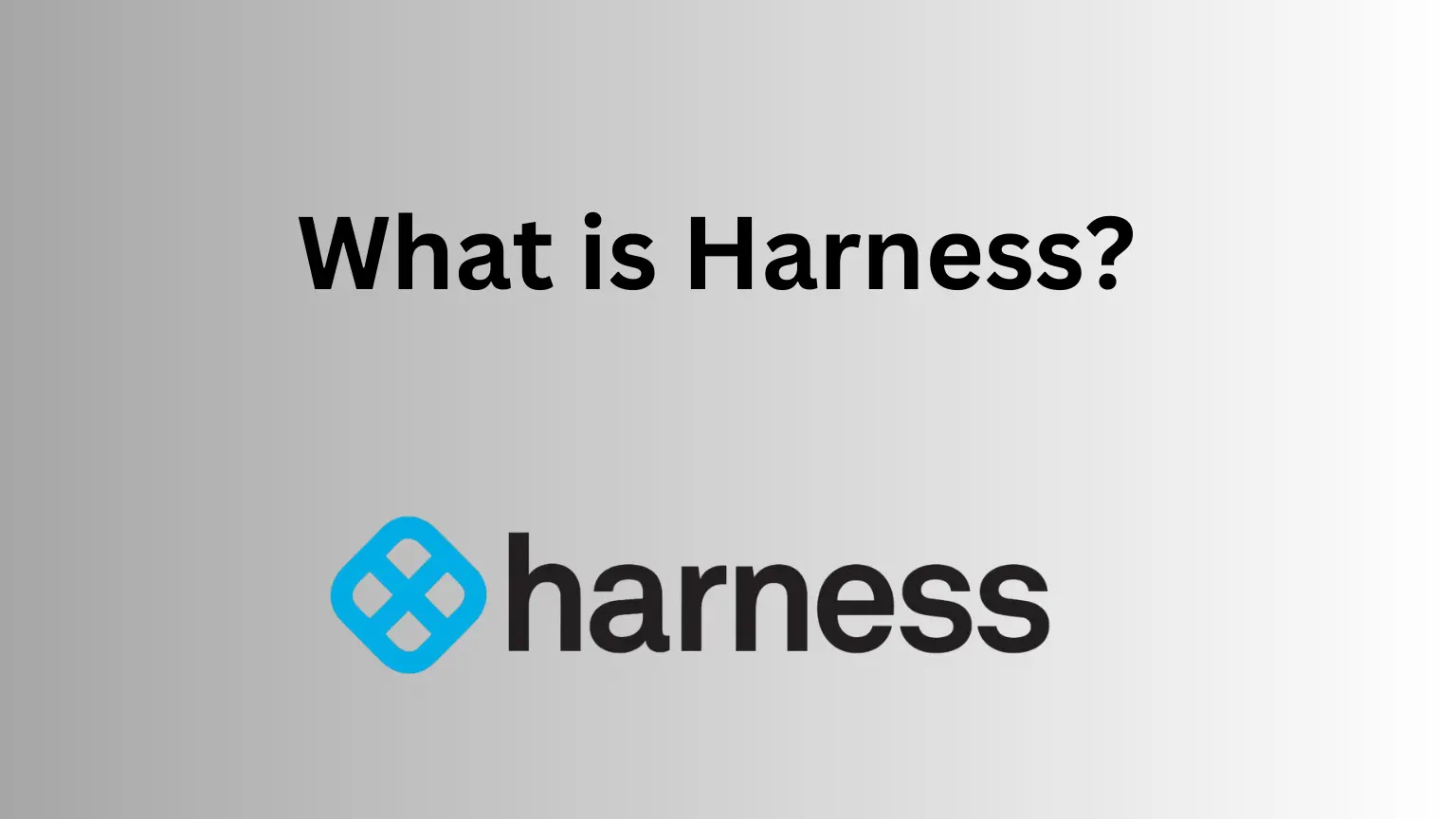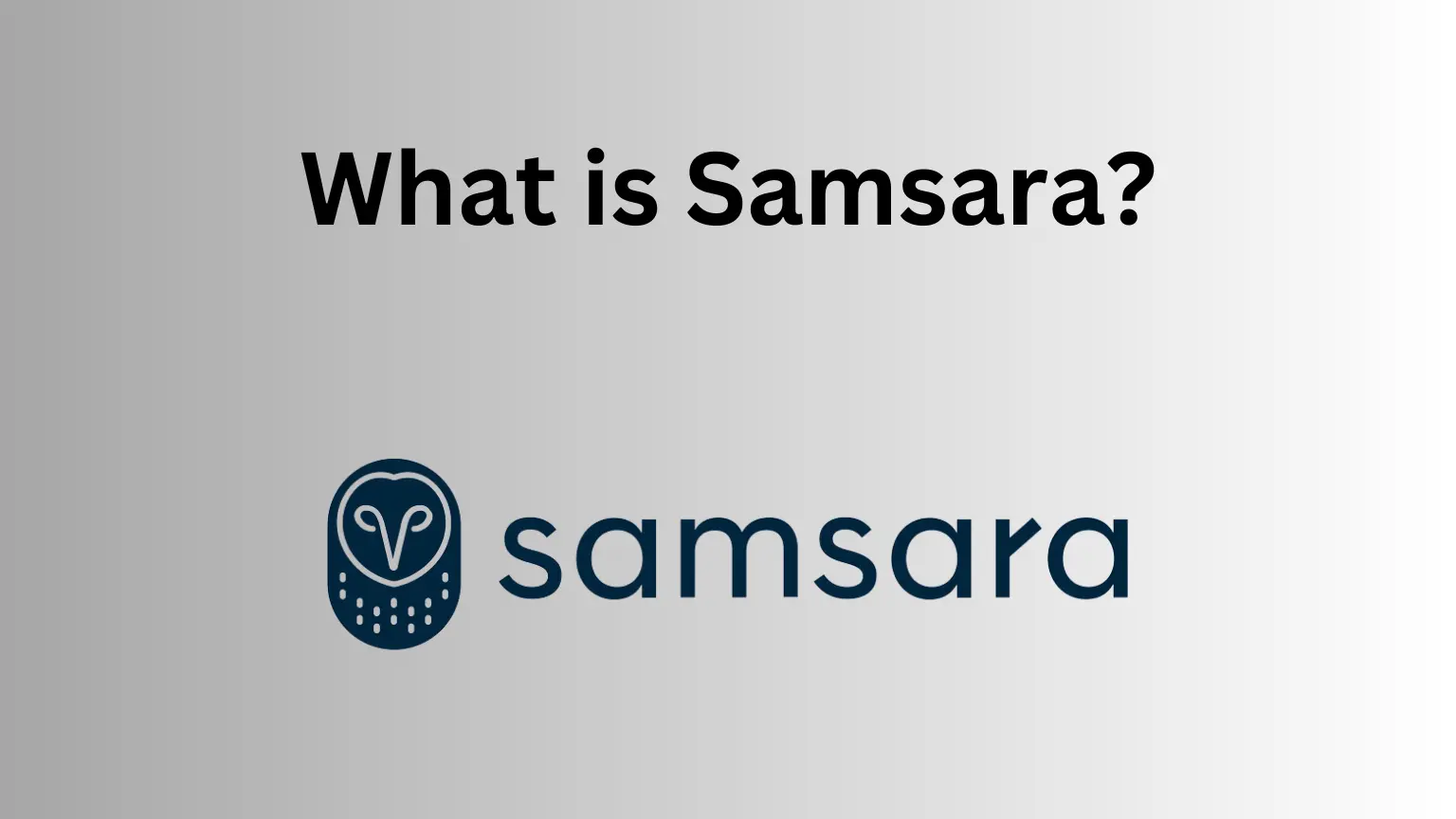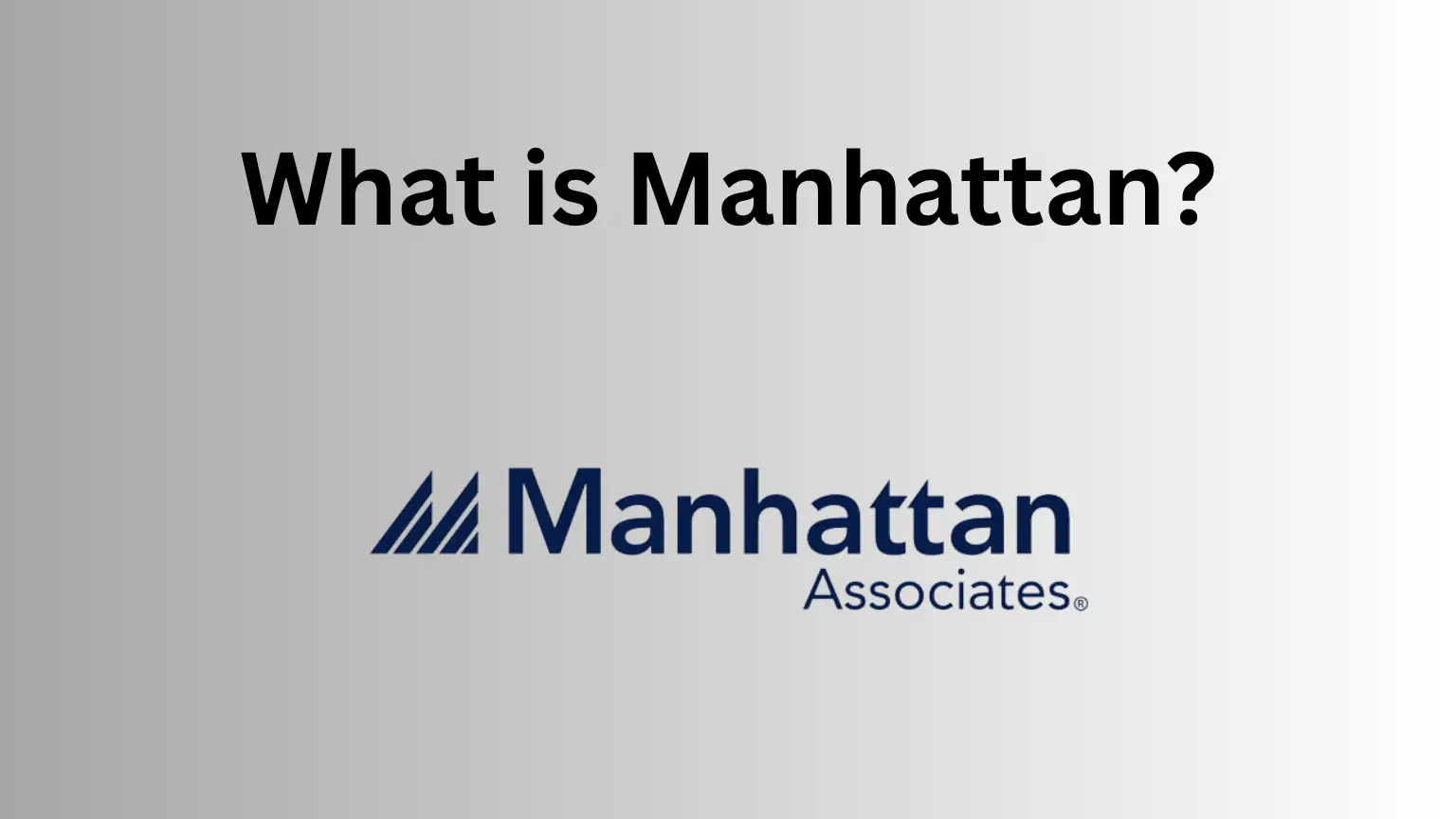Artificial Intelligence Generated Content (AIGC) has been gaining much attention in recent years, with large tech companies like OpenAI and Google developing models that can generate text, images, and even music. One of the most impressive AIGC models is DALL-E, which can generate high-quality images from textual descriptions. However, the recent release of DALL-E Mini has caused some concerns about the impact of AIGC on the environment and the internet infrastructure. In this article, we will explore the issue DALL-E Mini: Too Much Traffic, capabilities, its potential impact on the internet, and the ethical considerations of AIGC.
OpenShift Vs Kubernetes: A Comprehensive Comparison
What is DALL-E Mini?
DALL-E Mini is a smaller version of the original DALL-E model, which was introduced by OpenAI in January 2021. DALL-E stands for “Dali + WALL-E”, as the model was trained to generate surrealistic images based on textual descriptions. The original DALL-E model had 12 billion parameters and was trained on a dataset of text-image pairs. It was able to generate a wide range of images, from animals to objects to scenes, with impressive detail and creativity.
DALL-E Mini, on the other hand, has only 125 million parameters, which makes it much smaller and faster than the original model. It was released in June 2021 as a way to make the DALL-E technology more accessible to developers and researchers. According to OpenAI, DALL-E Mini can generate images that are “nearly as good” as those generated by the original DALL-E, but with much less computational resources.
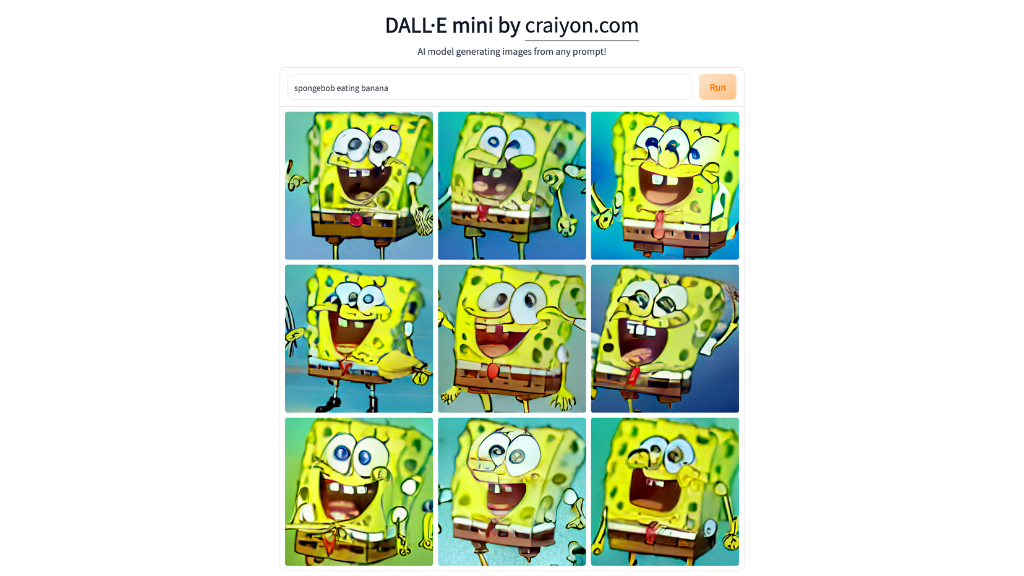
DALL-E Mini: Too Much Traffic
While DALL-E Mini may be a great tool for developers and researchers, it has raised concerns about the impact of AIGC on the internet infrastructure. Generating images with AIGC models requires a lot of computational resources, including GPUs and servers. This means that every time someone uses DALL-E Mini to generate an image, it puts a strain on the internet traffic and the energy consumption of the data centers.
According to a recent report by OpenAI, the original DALL-E model consumed about 1.3 GWh of energy during its training, which is equivalent to the energy consumption of about 126 American households in a year. While DALL-E Mini is much smaller and faster than the original model, it still requires a significant amount of energy to generate images. This means
that if DALL-E Mini becomes widely used, it could contribute to the already high energy consumption of the internet and the data centers. This could lead to more carbon emissions and environmental impact, as well as higher costs for the companies that operate the data centers. Moreover, the traffic generated by AIGC models like DALL-E Mini could also cause congestion and slow down the internet for other users. This is because the data generated by AIGC models is often large and requires high bandwidth to transfer. If many users are generating images with DALL-E Mini at the same time, it could create a bottleneck in the internet traffic and affect the performance of other applications.
AWS vs Azure: The Definitive Comparison
The Ethical Considerations
Apart from the technical and environmental concerns, the rise of AIGC models like DALL-E Mini also raises ethical considerations about the use of AI in content creation. One of the main concerns is the potential loss of jobs for human creators, as AIGC models can automate the creation of large amounts of content in a short amount of time. This could lead to a displacement of human workers and a concentration of power in the hands of the companies that own the AIGC models.
Another concern is the potential misuse of AIGC models for malicious purposes, such as generating fake news, propaganda, or deepfakes. AIGC models can be trained to generate text and images that are indistinguishable from those created by humans, which could be used to spread misinformation or manipulate public opinion. This could have serious consequences for democracy, social cohesion, and individual rights.
Conclusion
DALL-E Mini is a powerful AIGC model that can generate high-quality images from textual descriptions with much less computational resources than the original DALL-E model. However, its release has raised concerns about the impact of AIGC on the environment, the internet infrastructure, and the ethical considerations of AI in content creation. As AI technology continues to advance, it is important to address these concerns and ensure that AI is used for the benefit of society as a whole.
How does DALL-E Mini differ from the original DALL-E model?
DALL-E Mini has only 125 million parameters, which makes it much smaller and faster than the original model, but it can still generate images that are “nearly as good” as those generated by the original DALL-E.
What are the concerns about the impact of DALL-E Mini on the internet infrastructure?
The use of DALL-E Mini and other AIGC models could contribute to the already high energy consumption of the internet and the data centers, as well as cause congestion and slow down the internet for other users.
What are some potential risks of using AIGC models like DALL-E Mini for content creation?
Some potential risks of using AIGC models like DALL-E Mini for content creation include the spread of fake news, propaganda, and deepfakes, as well as the loss of authenticity and originality in content.
What is the future of AIGC technology?
The future of AIGC technology is likely to be characterized by the development of more advanced generative models, the integration of multiple modalities, and the use of AI for interactive and immersive content. However, it is important to address the ethical, environmental, and technical concerns associated with the use of AIGC technology to ensure that its benefits are realized for society as a whole.


